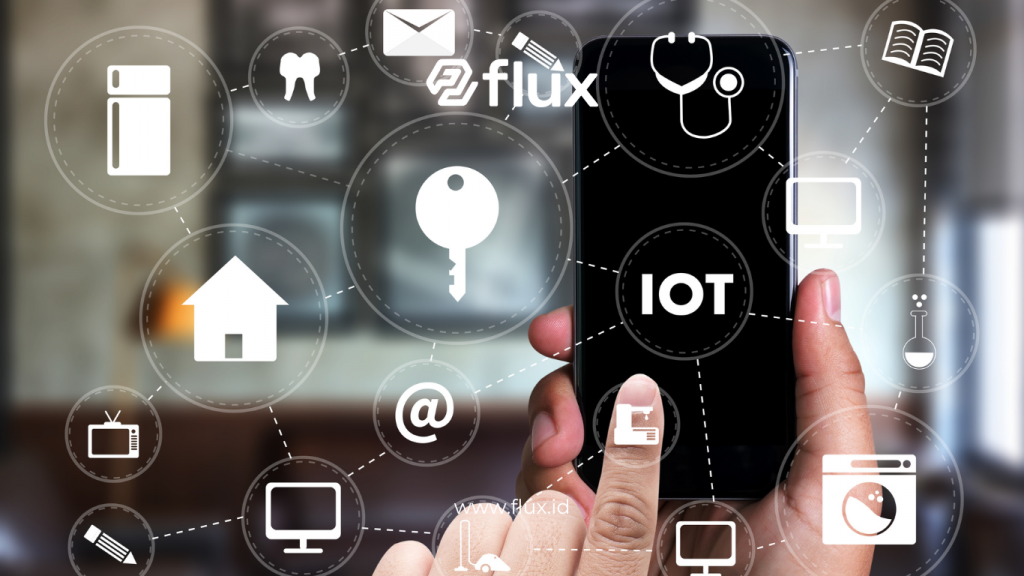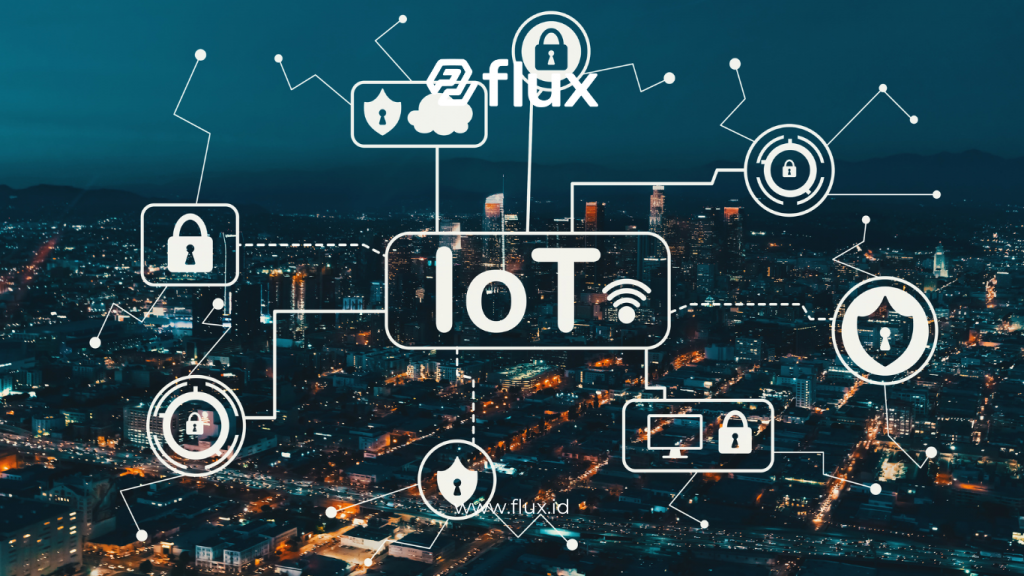Don't miss our holiday offer - 20% OFF!
In today’s digital era, the concept of smart cities is evolving as a solution to address urbanization challenges and improve the quality of life in large cities. One key technology supporting this transformation is Internet of Things (IoT) sensors. These sensors enable real-time monitoring of various aspects of the city’s environment and infrastructure, which in turn helps in making better and more responsive decisions. This article will discuss how IoT sensors play a role in smart cities, the types of sensors commonly used, and the benefits they offer.
Contents
What Are IoT Sensors?

Read More: Introduction to Internet of Things (IoT): Digital Revolution in the Modern Era
Definition of IoT Sensors
IoT sensors are devices connected to the internet that can collect and transmit data from their surroundings to a central system. These sensors can measure various parameters such as temperature, humidity, air quality, and more. The data collected by these sensors is then used for analysis and decision-making.
How Do IoT Sensors Work?
IoT sensors work by collecting data from their environment using sensor technology. This data is then sent to a cloud-based platform via the internet. The platform processes the data and generates useful information for monitoring conditions and responding to changes in real-time.
Types of IoT Sensors for Smart Cities

Read More: IoT Sensors: Enhancing Electric Motor Efficiency and Reliability
1. Air Quality Sensors
Functions and Benefits
Air quality sensors measure pollution levels and air quality in urban environments. They can detect pollutants such as PM2.5, PM10, CO2, NO2, and O3. This information is crucial for public health and better urban planning.
Examples of Sensors
- MQ Series Sensors
- Aeroqual Series
2. Weather Sensors
Functions and Benefits
Weather sensors measure weather parameters such as temperature, humidity, air pressure, and wind speed. This data helps in planning and managing street lighting systems, disaster management, and many other aspects.
Examples of Sensors
- BME280 Sensor
- DHT22
3. Water Quality Sensors
Functions and Benefits
Water quality sensors monitor pH, turbidity, and chemical concentrations in water. This is important for ensuring safe and clean water supply in cities.
Examples of Sensors
- pH Sensors
- Turbidity Sensors
4. Light Sensors
Functions and Benefits
Light sensors measure light intensity to optimize street lighting and public area lighting, reducing energy consumption and enhancing safety.
Examples of Sensors
- LDR (Light Dependent Resistor) Sensor
- TSL2561
5. Presence Sensors
Functions and Benefits
Presence sensors detect the movement of people or vehicles, aiding in traffic management, parking, and security systems.
Examples of Sensors
- PIR (Passive Infrared) Sensor
- CCTV Cameras with Video Analytics
6. Noise Sensors
Functions and Benefits
Noise sensors measure noise levels in urban environments, assisting in controlling noise pollution and planning industrial zones.
Examples of Sensors
- Noise Level Meter Sensor
7. Parking Sensors
Functions and Benefits
Parking sensors detect the availability of parking spaces and monitor occupancy, making parking management easier and reducing congestion.
Examples of Sensors
- Ultrasonic Sensors
- Inductive Loop Sensors
8. Environmental Sensors
Functions and Benefits
Environmental sensors monitor additional environmental factors such as UV radiation, soil moisture, and pollution, supporting sustainable urban planning.
Examples of Sensors
- UV Radiation Sensors
- Soil Moisture Sensors
9. Energy Sensors
Functions and Benefits
Energy sensors monitor energy use in buildings and public facilities, assisting in managing energy consumption and efficiency.
Examples of Sensors
- Smart Meter Sensors
- Energy Monitoring Sensors
10. Water Level Sensors
Functions and Benefits
Water level sensors monitor water levels in rivers and drainage channels, important for flood management and environmental protection.
Examples of Sensors
- Ultrasonic Level Sensors
- Radar Level Sensors
11. Fire and Gas Sensors
Functions and Benefits
Fire and gas sensors detect fires and gas leaks, enhancing public safety and emergency response.
Examples of Sensors
- Smoke Sensors
- Gas Leak Detectors
Benefits of IoT Sensors for Smart Cities

Read Also: IoT Sensor: Forest Fire Prevention & Environmental Safety
1. Improved Quality of Life
IoT sensors help enhance quality of life by providing accurate data on environmental conditions. This enables faster and more effective actions to address issues such as air pollution, water quality, and traffic management.
2. Energy Efficiency
By using sensors to monitor energy usage and manage street lighting automatically, cities can reduce energy consumption and operational costs.
3. Disaster Management
Sensors such as water level sensors and weather sensors provide important data for predicting and responding to disasters like floods and storms.
4. Security and Rapid Response
Presence, fire, and gas sensors enhance city security by allowing rapid response to emergency situations and potential hazards.
5. Better Urban Planning
Data from sensors aids in more effective urban planning by providing insights into land use, traffic patterns, and infrastructure needs.
Conclusion
IoT sensors play a crucial role in the development of smart cities by providing advanced solutions for monitoring the environment and improving quality of life. From monitoring air and water quality to managing energy and security, these sensors provide the data needed for better decision-making and faster responses to urban challenges. By implementing these sensor technologies, cities can become more efficient, safe, and environmentally friendly, offering a better living environment for their residents.





